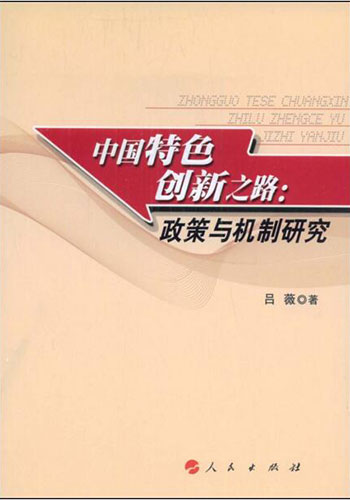The Road to Innovation with Chinese Characteristics: Policy Options and Relevant Mechanisms
2019-01-07

By Lyu Wei, DRC
2012-6-13
Building China into an innovation-oriented country with Chinese characteristics is a major strategic decision related to the general picture. The 17th CPC National Congress proposed that improving the capacity of independent innovation and building the country into an innovation-oriented one is the core of national development strategy and the key to improving overall national strength. The National Outline on Mid-to-Long-term Science and Technology Program (2006-2020) has set forth the goal of building China into an innovation-oriented country.
Since the reform and opening up, China has entered a critical period of transforming its growth mode after rapid growth in several consecutive years. The country’s competitiveness based on low-cost production is phasing out, and is facing increased pressure on natural resources and development environment. As a result, the extensive growth mode relying overly on resource consumption has exerted severe challenges on China’s development. The outburst of U.S. financial crisis in 2008 has led to the sluggish growth of global economy. Some developed economies experienced recession while some Chinese labor-intensive export and traditional technological enterprises also felt the brunt. It needs to be noted that some innovation-oriented and hi-tech enterprises have shown strong capabilities of countering risks due to related market competitiveness. Innovation is an important approach to promoting industrial upgrading and transforming growth mode. In the new era, China needs to promote structural adjustment and industrial upgrading through technological progress and innovation.
The book is divided into three parts. The first part is about innovation, expounding the nature of innovation, driving force of the innovation of enterprises and the role of government in the development of industrial technologies. Innovation is a process of transforming the abilities of creating technologies and knowledge into economic benefits as well as a course of commercializing and industrializing new technologies and products. Innovation is not just for creating technologies but also for creating economic value through technologies. The benchmark for measuring successful innovation is to see whether it could obtain commercial success in the market. Invention, creation, research and development are not equal to innovation, but merely a part on the innovation chain.














